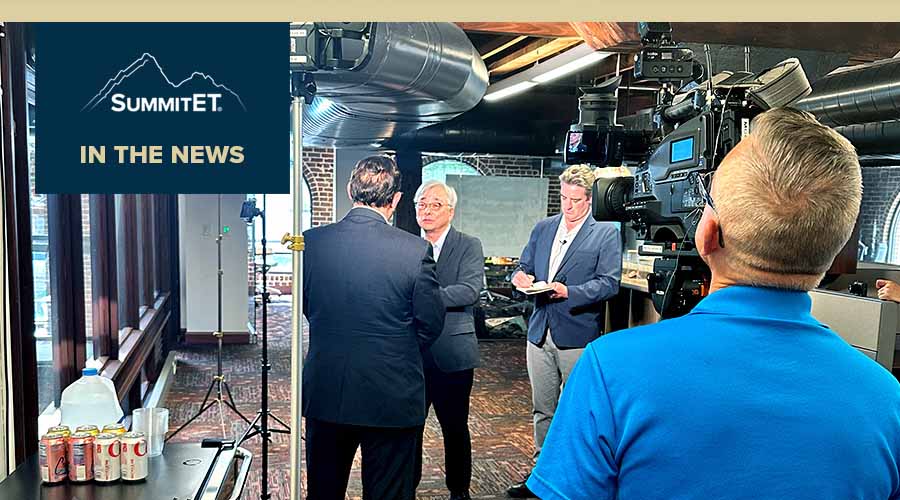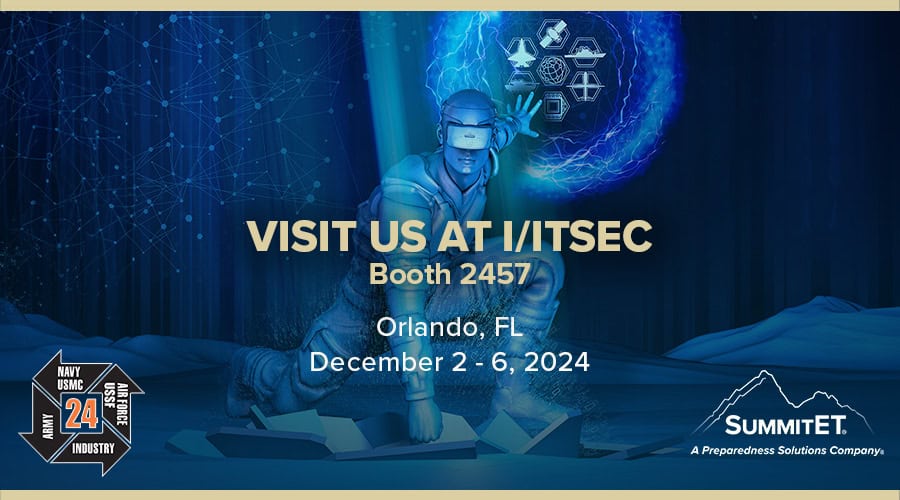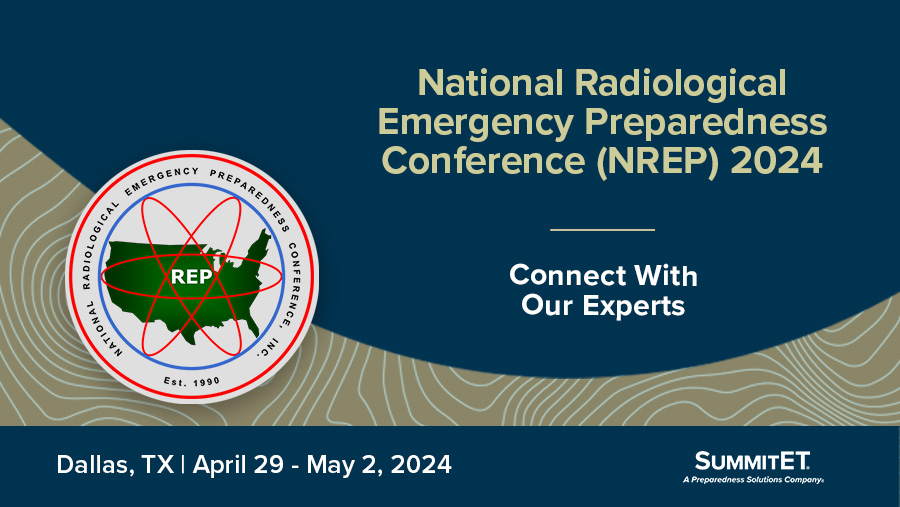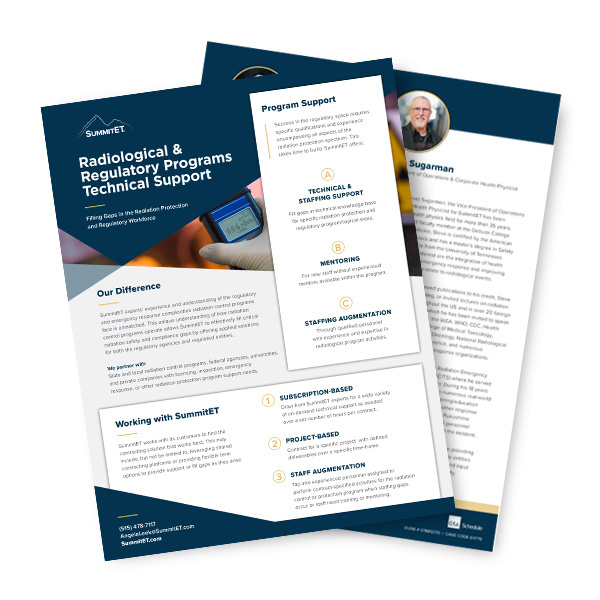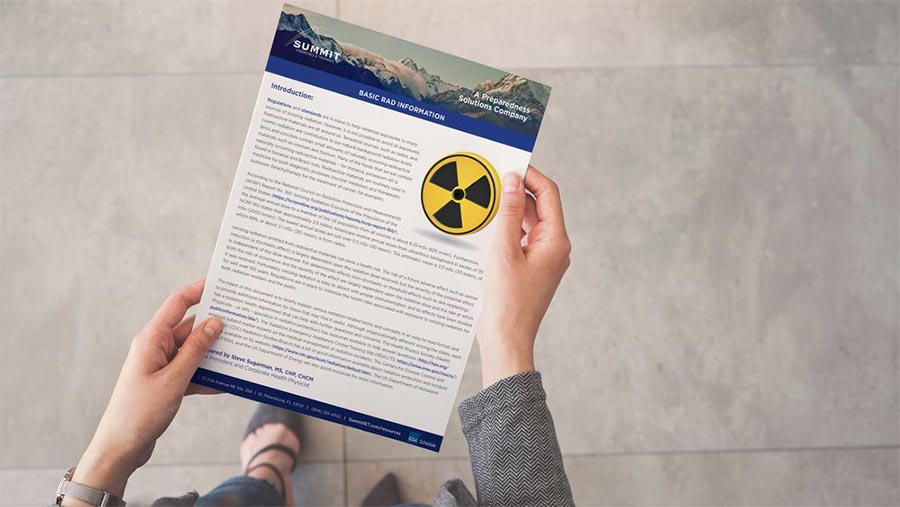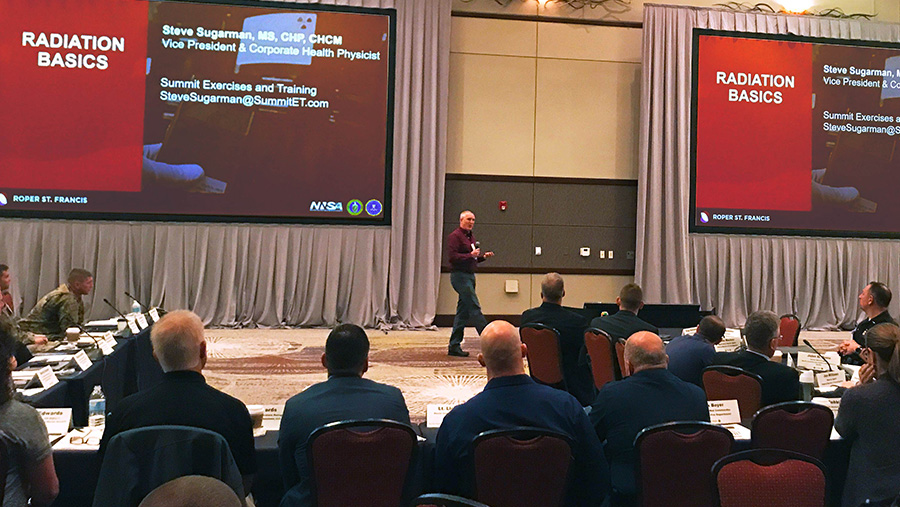Readability and Accuracy of DRDs at Low Doses of Radiation
The 2019 REP program manual suggests that offsite response organizations provide emergency workers (EWs) with two direct reading dosimeters (DRDs): a low range and a high range. This recommendation is based on the observation that higher-range dosimeters, like those reading 0-SR or 0-20R, might not show changes at the 500mR dose level. There’s concern that such dosimeters might lead a responder to receive their maximum allowed dose of 5 rem before noticing any accumulated dose. This risk arises from applying correction factors, often around 5 times, to account for internal doses. In contrast, lower-range DRDs, which are believed to reflect lower doses more accurately, might max out before reaching the dose limit. Thus, the two-dosimeter approach is suggested.
However, there are limited scientific data about high-range DRDs’ capability to detect and display doses at the lower end of their scales. Furthermore, few studies gauge how well emergency workers can spot minute changes below the 1 R level on high-range DRDs.
Our study assesses the response of high-range pencil dosimeters and their readability, especially for responders unfamiliar with radiation environments. Issuing two DRDs might be challenging operationally; emergency workers could face confusion about which to read or report, potentially adding to the stress of their tasks.
In this follow-up presentation from one made at NREP in 2023, we’ll present data gathered from the general public, representing emergency workers at a NPP incident. These participants were tasked with reading high-range DRDs exposed to low radiation doses to assess their ability to accurately read each dosimeter at low exposures (below 1 R).
Decoding the Response: Leveraging Mental Models in Radiological Emergencies
Imagine standing at the precipice of a radiological emergency—where the knowledge you hold and the myths you believe could spell the difference between control and catastrophe. This is where our recent research kicks in, revealing a reality that isn’t surprising to most who have been in the field for a while: the mental model of emergency responders, their grasp on radiation and risk, can have a significant impact on how they respond. Those who have confidence in their training and in the leaders directing them more effectively executed expected response procedures. But there’s a catch: if they have the wrong idea about the risks of radiation—for example, thinking that a 25-rem dose is more dangerous than it actually is—their performance takes a hit.
It’s time to take a close look at what misconceptions our current approach to training may be subtly reinforcing. Ask yourself: Are the myths of radiation fully dispelled in your training? Is your own knowledge influenced by ingrained fallacies? Using insights from this recent study and a tool called
the EMMS Diagnostic Matrix, we’re set to reshape our understanding of emergency response behavior. But knowing is only half the battle; the real challenge lies in applying this knowledge to develop more effective training methods, perhaps through virtual reality experiences, and then evaluating their effectiveness. This session is more than a presentation—it’s an invitation to learn how we can use innovative approaches to improve our understanding of responders’ training needs and our collective approach to radiological risk perception.
